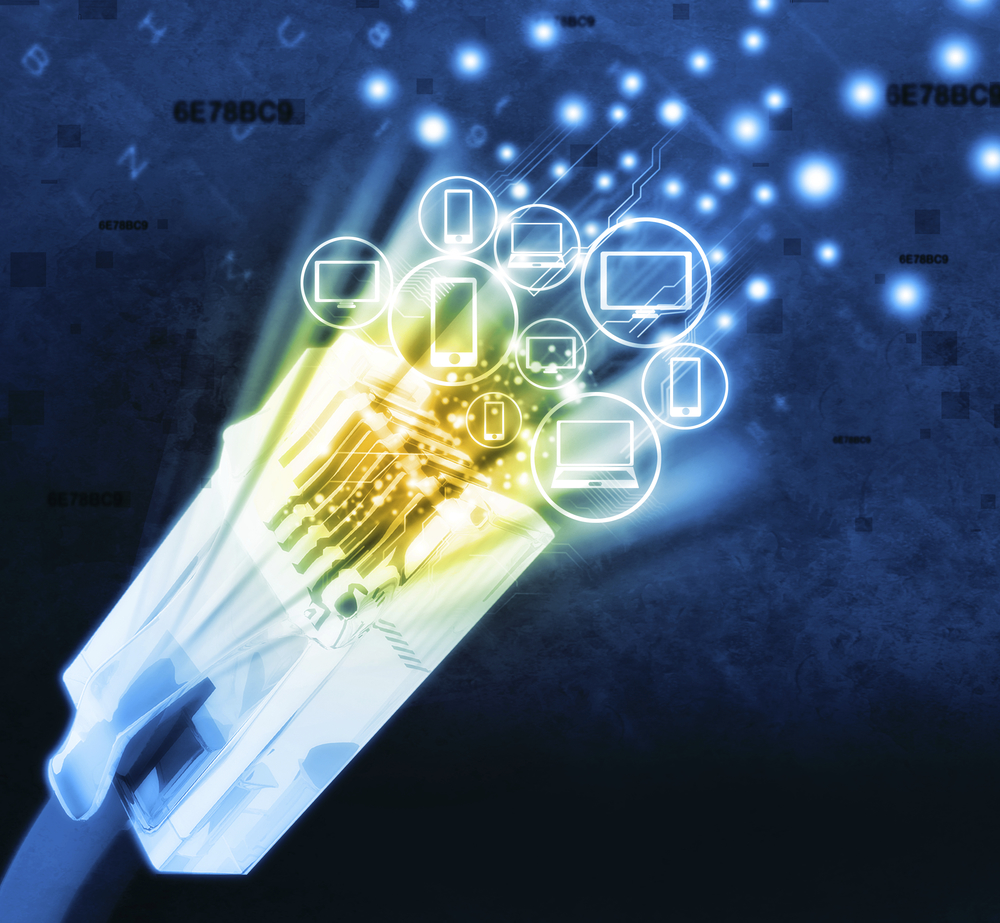![]()
Hackathons to find security vulnerabilities; DARPA challenges to encourage innovation in emerging fields like robotics: the government is broadening its use of public/private initiatives to take advantage of new technologies. And while these efforts have garnered media attention of late, this concept is nothing new. Created through the Federal Technology Transfer Act of 1986, Cooperative Research and Development Agreements (CRADAs) have been helping the government benefit from emerging technology for years. A CRADA is an agreement between a government agency and a private company or university with the purpose of speeding the commercialization of technology and optimizing resources.
Here’s an interesting example: back in the 1990s, the United States Department of Agriculture (USDA) entered into a CRADA with a private company to figure out a way to halt soil erosion in furrow irrigation. Furrow irrigation is a type of irrigation where farmers dig trenches or furrows between crop rows on an angle so gravity is used to move the water. Water flows down the furrows, stripping the soil. The CRADA allowed the USDA to focus on finding a solution, which in this case was a polymer called polyacrylamide (PAM). Adding PAM to irrigation water virtually stopped soil erosion. The first year the product was used on 50,000 acres, saving an estimated one million tons of soil.
Today, Federal agencies hold a variety of CRADAs, which provide a way for government and business to work together to speed up technological innovation. The U.S. Army Research, Development and Engineering Command has more than 250 of these agreements.
Probably one of the most recognizable success stories from a CRADA is global positioning system (GPS) technology. A military application at the beginning, GPS has certainly found its way into commercial markets and most of us use it every day thanks to our smartphones and in-car navigation systems.
I’ve worked on negotiating several CRADAs with different Federal agencies. Here are three reasons CRADAs are a great idea and why I look forward to continuing these in the New Year:
- A Smart Use of Federal Dollars – When government and business enter into a CRADA , no money changes hands. Each party to the agreement contributes time and materials and each is supposed to benefit from the cooperation. Money may buy happiness, but in the case of a CRADA, these agreements go a long way in helping federal agencies gain a solid understanding of their technology need and the private company has a chance to work closely with the customer to get it right. This is especially important as many agencies look for creative ways to develop technology while leveraging research budgets and optimizing resources.
- Economic Growth through Innovation -The goal for using CRADAs in the private sector is to work closely with Federal customers to drive specifications and requirements. These agreements allow for very specific interactions, ensuring industrial security provisions are met, and help focus on a very specific task. Bringing together experts and leveraging technology helps both the government and the taxpayer by sharing resources. CRADAs allow private industry to provide funds as well as other resources to assist with the commercialization of technology. This technology transfer helps the commercial sector build successful businesses and stimulate the economy.
- Allowing for fair competition – You may think that only large companies can enter into a CRADA, but that is not the case. Because there is no pay to play, so to speak, small businesses are able to enter into these agreements as well. Small businesses can work with the government,through its laboratories, and access personnel, facilities, equipment and other resources. In some cases, Federal agencies have created small business CRADAs that are streamlined so the execution process is simplified, reducing the time and cost of negotiations.
The overall purpose of holding CRADAs is to improve technology, how that that technology is delivered, and understanding how technology improves mission-critical information and decisions for Federal customers. As government continues to embrace new technologies, CRADAs provide a great way for private and public to work together to continue moving our country forward.
Jeff Peters is part of the GovLoop Featured Blogger program, where we feature blog posts by government voices from all across the country (and world!). To see more Featured Blogger posts, click here.





Here is an example between Esri and US Navy: http://www.navy.mil/submit/display.asp?story_id=83179 Key benefits…Esri has explored details of Navy use cases to refine our software development plans. Navy has implemented those software improvements in R&D efforts.